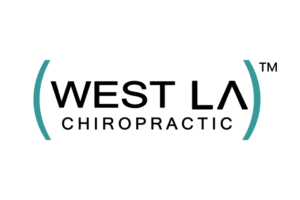About West Los Angeles Chiropractic ® | Trusted Chiropractor Since 1989 | Best West LA Chiropractor ®
Dr. Michael C. Karr, D.C.
Radiology, Postgraduate Honors
Sciatica Treatment & Spinal Decompression Specialists
🌟 Welcome to West Los Angeles Chiropractic™
Your Trusted Chiropractor in West LA for Natural Pain Relief & Spinal Health Are you struggling with back pain, neck tension, sciatica, or pinched nerves? At West Los Angeles Chiropractic, we help patients just like you get back to living pain-free—without drugs or surgery. Led by an experienced and highly trained Doctor of Chiropractic, our clinic focuses on correcting spinal misalignments, known as subluxations, that cause nerve pressure and inflammation. These subluxations often lead to conditions such as: Chronic back or neck pain Sciatica or leg numbness Disc herniations Headaches and migraines Reduced mobility and posture problems We’re here to help you heal naturally—and stay well.
✅ Why Choose West Los Angeles Chiropractic™?
🧠 Expertise in Spinal Health & Nervous System Care Our chiropractor specializes in detecting and correcting misalignments in the spine that disrupt nervous system function. Through gentle, targeted chiropractic adjustments, we restore alignment and relieve nerve pressure—getting to the root of your pain.
💡 Non-Invasive, Advanced Healing Therapies We offer cutting-edge treatment options to enhance your recovery, including: FDA-Cleared DRX9000 Spinal Decompression Therapy Effective for herniated discs, sciatica, and chronic back pain Class III Cold Laser Therapy Reduces inflammation and promotes soft tissue healing MedX Exercise System for Sciatica Relief & Postural Rehab Strengthens the spine and supports long-term healing
💬 Personalized, Patient-Focused Care No two patients are alike. That’s why we create a custom care plan tailored to your unique condition and goals. Whether you’re seeking pain relief or long-term wellness, we’re with you every step of the way.
🌿 Start Your Journey to Natural Healing Today You’ve likely heard about the benefits of chiropractic care from friends or family—now it’s your turn to experience it. Our chiropractic clinic in West Los Angeles is committed to delivering results-driven care that improves your quality of life. We proudly serve patients from: West LA, Santa Monica, Brentwood, Culver City, and beyond
💥 Don’t Wait – Relief Starts Here!
📞 Call now or 📅 Book your appointment online to schedule your initial consultation.
📍 Visit West Los Angeles Chiropractic™, Your path to pain-free living and optimal spinal health starts right here.
👉 Make us your go-to West Los Angeles Chiropractor™. We look forward to welcoming you to our healing community!





